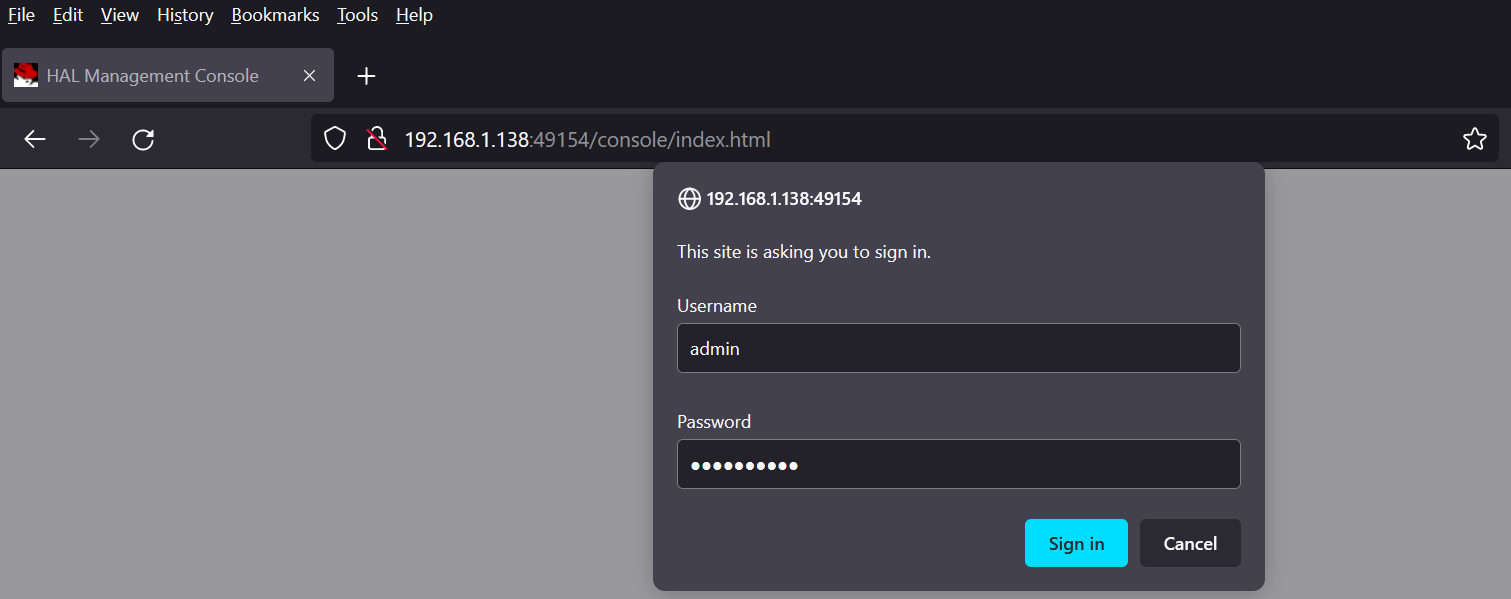

Get PORT address: Port address will depend on ‘docker run’ command. I described it with more detailed instructions over here. NOTE: docker-machine ip command won’t work on Linux.
#Kemetic docker ip port code#
My concrete scenario was Chrome Co-Debugging with VS Code Remote Containers. The host system can access the container SSH server locally from its point of view since the port has been forwarded by the container earlierĪfter that, you can consume the host service locally from the container's point of view. Use PuTTY to connect to the SSH server with a tunnel from 127.0.0.1: to a target port in the Container.
#Kemetic docker ip port windows#

Today we are going to see how can we assign a private IP address to a Docker container. We all know the public IP Docker mapping by now, using Nginx and port mapping. RX packets:66359 errors:0 dropped:0 overruns:0 frame:0 There are two types of static IPs, public and private IP addresses. And thinking how did these IP addresses enable binding a port number already used by another process Turns out this is handled by Linux’s network namespaces and virtual interfaces. Inet addr:172.17.0.1 Bcast:0.0.0.0 Mask:255.255.0.0 O ne of the first mysteries I encountered with Docker and Kubernetes was seeing IP addresses created for containers and pods. TX packets:448723 errors:0 dropped:0 overruns:0 carrier:0 RX packets:343481 errors:0 dropped:0 overruns:0 frame:0 UP BROADCAST RUNNING MULTICAST MTU:1500 Metric:1 Check it out with docker ps command: Use docker inspect command to view port’s bindings: After that the internal 80 port will be accessible using Docker machine IP on port 9090.

Inet addr:172.18.0.1 Bcast:0.0.0.0 Mask:255.255.0.0 This will create NGINX container and bind it’s internal 80 port to the Docker machines 9090. TX packets:0 errors:0 dropped:0 overruns:0 carrier:0īr-fccc8ee02778 Link encap:Ethernet HWaddr *:*:*:*:*:* RX packets:0 errors:0 dropped:0 overruns:0 frame:0


 0 kommentar(er)
0 kommentar(er)
